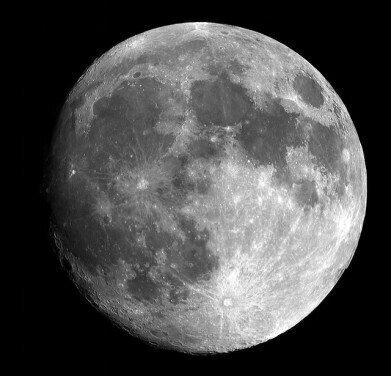Mass Spectrometry & Spectroscopy
Does the Moon’s Surface Change?
Oct 09 2016
It orbits the Earth continually, reflects light from the sun and – very rarely – creates a temporary solar eclipse. The moon is fascinating. It’s a constant reminder that we’re part of a massive solar system, and was the destination of the most notable space expedition in history. But what’s happening up there? Is there more than just constant rotation and orbit?
Changing faces
It’s not all plain sailing. Scientists from NASA have reported that the moon’s surface is constantly changing. They already knew this, but it’s actually changing much more than previously thought. Because of persistent bombardment from asteroids and comets, the top inch of the moon is completely altered every 81,000 years. It’s happening nearly a hundred times quicker than they thought.
Tracking the changes
NASA’s Lunar Reconnaissance Orbiter spacecraft has been mapping the moon since 2009. By comparing pictures from different periods in time, the scientists have been able to determine how much impact the space rocks have had. “We detected 222 new impact craters and found 33% more craters with a diameter of at least 10m,” said NASA’s researchers.
Studying this data revealed that the space rocks are creating around 180 craters each year, all over ten metres in diameter. Why? Smaller asteroids are constantly flying around in space. The Earth’s thick atmosphere protects us. Tonnes of particles and rocks come towards the Earth, but are soaked up, disintegrate or destroyed by the atmosphere’s exterior layers. Sadly, for the moon, this isn’t the case. It has pretty much no atmosphere and so the impact isn’t stopped or even reduced.
Further impact
As well as impact on the moon, these new findings could have an impact on NASA’s plans for future missions. The fact that more asteroids are hitting the moon means there is more chance of spacecrafts being hit on their journeys or even after landing. To combat this, NASA will have to build equipment capable of withstanding impact from particles travelling over 1,000 miles per hour.
The first moon landing
These new discoveries are leaps and bounds ahead of what we thought was possible in 1969 when man first landed on the moon. There have been huge advancements in technology and research that are constantly changing the way we see things. It’s not just astronomy that’s moving on though. ‘Carol Tunick – 45 Years in Spectroscopy’ explores the changes in another fast-moving field of science since 1969.
Digital Edition
Lab Asia 31.2 April 2024
April 2024
In This Edition Chromatography Articles - Approaches to troubleshooting an SPE method for the analysis of oligonucleotides (pt i) - High-precision liquid flow processes demand full fluidic c...
View all digital editions
Events
May 05 2024 Seville, Spain
InformEx Zone at CPhl North America
May 07 2024 Pennsylvania, PA, USA
May 14 2024 Oklahoma City, OK, USA
May 15 2024 Birmingham, UK
May 21 2024 Lagos, Nigeria











.jpg)






